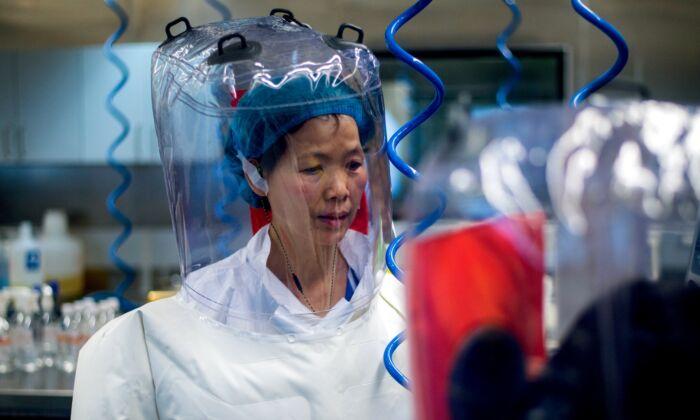Almost three years after the COVID-19 pandemic started, an Illinoisian legal group is setting up a civil class lawsuit against the central Chinese city of Wuhan, where the first COVID cases were reported.
“Based on the latest statistics, almost 40,000 Illinoisans died from COVID,” stated the press release from Kent Gray, an attorney practicing laws in Springfield, Illinois. The case, once started, will fight for compensation for the families that lost their loved ones, for companies that were impacted financially, and for people who suffered substantial harm caused by the pandemic.
Gray, during an interview with The Epoch Times, said that the lawsuit will be filed mainly for damages within Illinois because the law varies from state to state.
- There are documents already proving that the city government of Wuhan knew about COVID as early as the middle of December 2019, but failed to report it as required by Chinese law. Documents also show that Wuhan officials knew that the virus could transmit from person to person, yet lied and claimed the contrary as late as Jan. 20, 2020. During this crucial month, up to 3 million people flew from Wuhan to numerous places around the world.
- Wuhan city, with a population of 11 million, has significant assets, potentially including holdings in Chinese companies listed in the United States.
- Holding Wuhan city accountable helps the people of China, so that they may have a more law-abiding local government in the future.
- Wuhan city is not protected by the 1976 Foreign Sovereign Immunities Act, which has often been cited as the reason why American citizens or the U.S. government cannot sue the Chinese communist regime.
Gray said that he would officially file the case in court before the end of the year.

Outbreak
In the last week of December 2019, Wuhan city’s Center for Disease Control and Prevention (CDC) issued an internal memo that called for an investigation of an unknown cause of pneumonia. Following the memo, eight Chinese medical doctors in Wuhan sent messages to their families and friends through social media, giving warnings of a possible new severe acute respiratory syndrome (SARS) outbreak.All of these doctors were quickly detained by the Wuhan city police authority. On Jan. 1, 2020, the Chinese regime’s state-owned media, CCTV, broadcast the news about the detention of these doctors. All eight doctors were later released after they were forced to sign a document admitting to “illegally spreading rumors” and to agree to stay silent on the topic.
One of these eight doctors, Dr. Li Wenliang, was hailed as a hero after he posted the document he was forced to sign on the internet after he was diagnosed with the new disease, SARS-CoV-2, which causes COVID-19. Li died on Feb. 7, 2020, at the age of 34.
On Jan. 18, 2020, Wuhan city held its 20th annual Ten Thousand Families Gathering Banquet to celebrate the coming Chinese New Year. According to reports from Chinese media, more than 40,000 families joined the gathering. The banquet was held in nine different venues, and the participants brought a total of 13,986 dishes to the banquet.

On Jan. 20, 2020, all of the Chinese regime’s state-owned media, including Xinghua and CCTV, reported the conclusion of the Wuhan CDC’s investigation that COVID-19 is an infectious disease, but has a low risk of infection and a low likelihood of transmissibility from person to person.
Three days later, Beijing’s leaders issued an order to lock down Wuhan city. However, millions of people had already left Wuhan for the Chinese New Year celebrations. Chinese New Year is the most celebrated holiday in China and is considered the number one family reunion event each year.
On Mar. 13, 2020, Chinese Foreign Ministry’s spokesman Zhao Lijian claimed on Twitter that COVID-19 was brought to Wuhan by U.S. athletes who went to the city to participate in the Military World Games in October 2019, adding, “The US owes us an explanation.”
On Jan. 2, 2021, Chinese Foreign Minister Wang Yi claimed that COVID-19 started from multiple locations around the world and that China was the first country to identify the virus.
According to the statistics published by the World Health Organization, by mid-October of this year, the COVID-19 pandemic has resulted in more than 625 million infections and caused more than 6.5 million deaths globally, including more than a million deaths in the United States.





